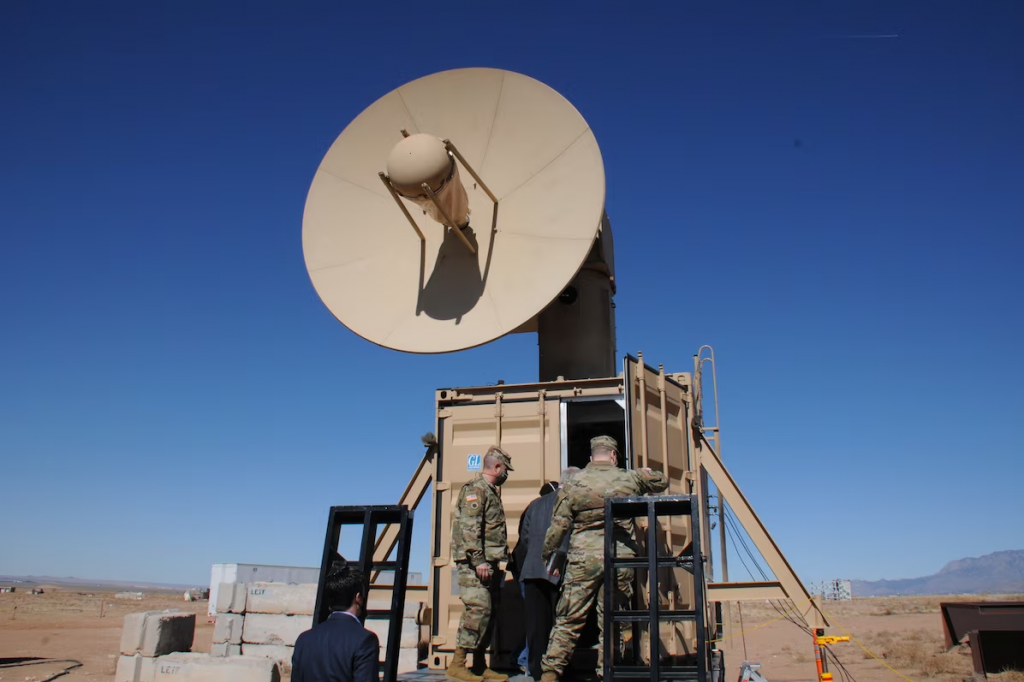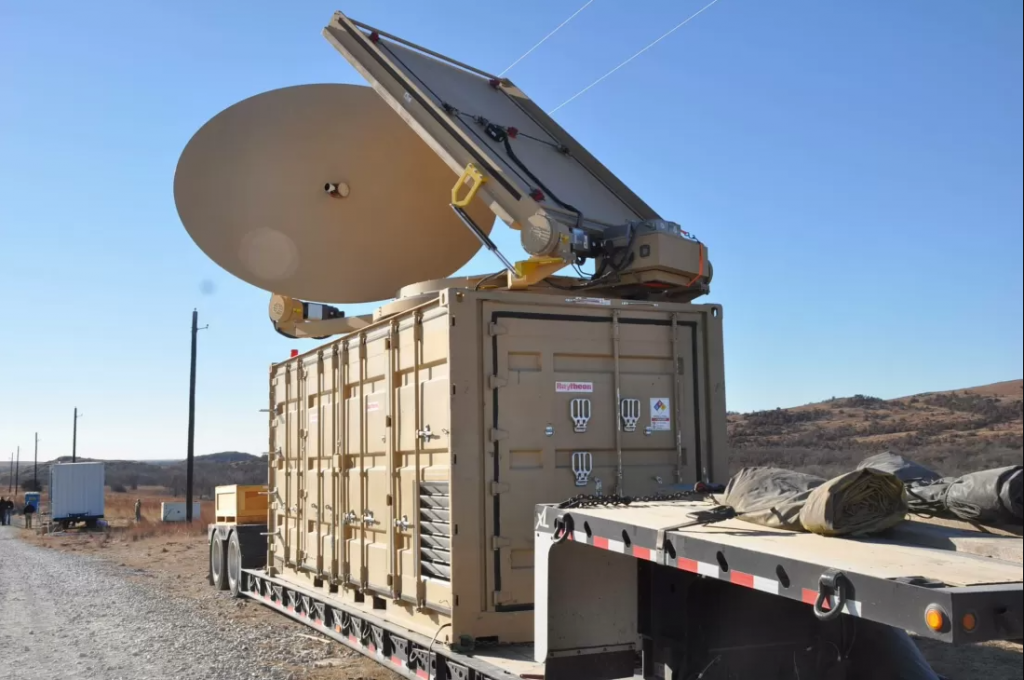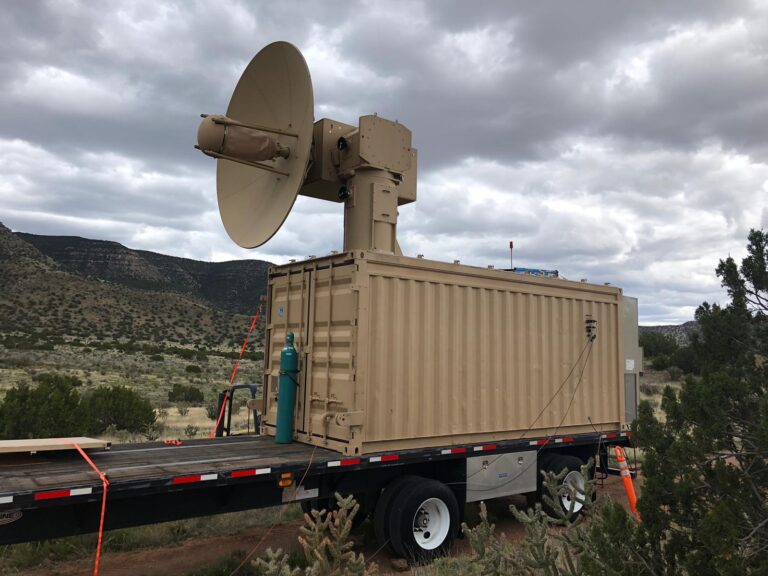The Air Force Research Laboratory (AFRL) has found a way to deal with the growing threat of groups of drones by using a powerful weapon called THOR. What’s special about it is that this weapon can destroy multiple targets at once.

In recent conflicts like the one in Ukraine, drones have become a common tool in warfare. They’re not just used for spying or launching occasional missile attacks but are now being used as offensive weapons in long-lasting campaigns. The worrying thing is that drones are advancing rapidly, and soon they could attack in large groups that are too much for normal defenses to handle.

Researchers are looking into different ways to counter this threat, and one promising approach is using directed energy weapons. THOR is one of these weapons. It works by emitting powerful bursts of microwaves over a wide area to disable incoming hostile drones. It doesn’t destroy the drones with lasers but instead fries their delicate electronic components, causing them to crash.
Captain Eric Plummer, a test engineer from the AFRL’s Directed Energy Directorate, operates THOR. It was tested against multiple targets at the Chestnut Test Site in Kirtland Air Force Base, New Mexico, under realistic conditions.

Using a special aiming system, THOR could quickly track and engage the targets in just a fraction of a second, covering large areas of the sky and disabling the drones with powerful microwave pulses.
THOR costs $18 million and is housed in a 20-ft (6-m) transport container. It can be easily transported in a C-130 Hercules plane and can be easily set up by just two soldiers in around three hours. Unlike other equipment that is complex and difficult to work with, THOR has a user-friendly interface that doesn’t require extensive training to operate and is less expensive to use than a surface-to-air weapon. The system looks like a standard Conex box with a satellite dish strapped to it.
“THOR was extremely efficient with a near continuous firing of the system during the swarm engagement,” said Captain Tylar Hanson, THOR deputy program manager. “It is an early demonstrator, and we are confident we can take this same technology and make it more effective to protect our personnel around the world.”


